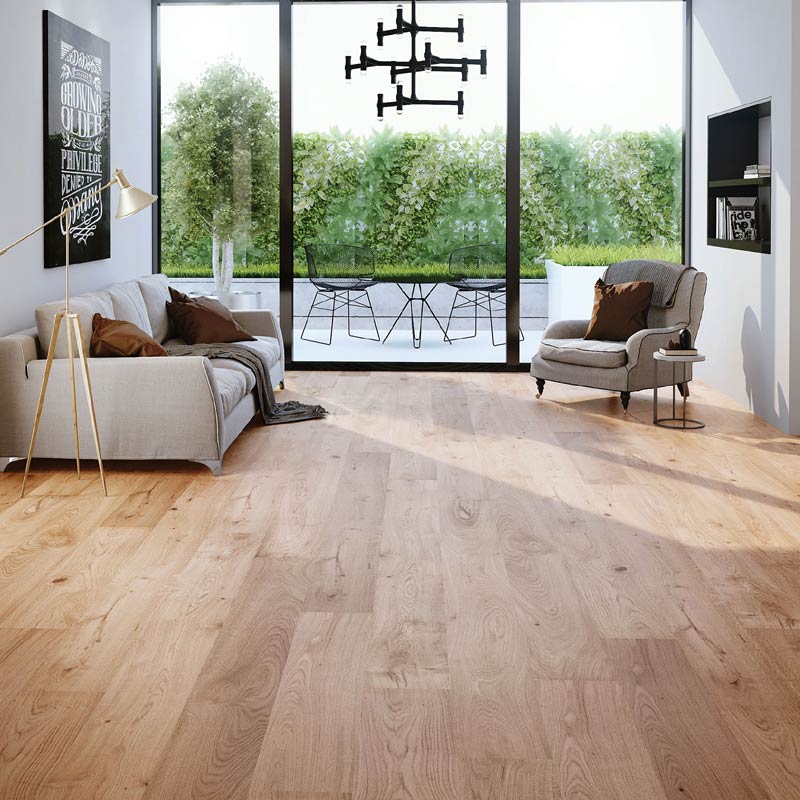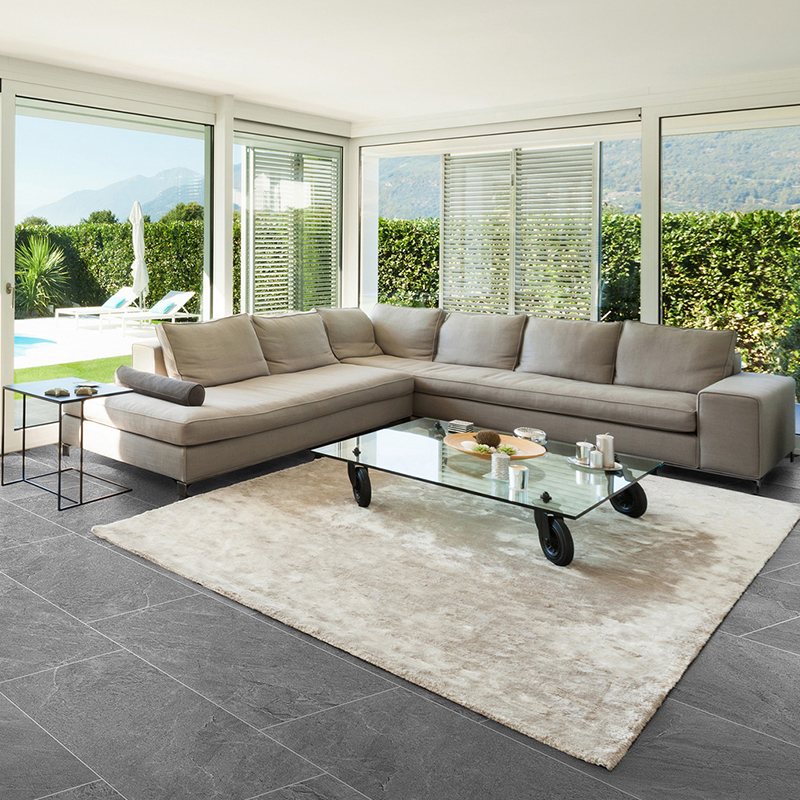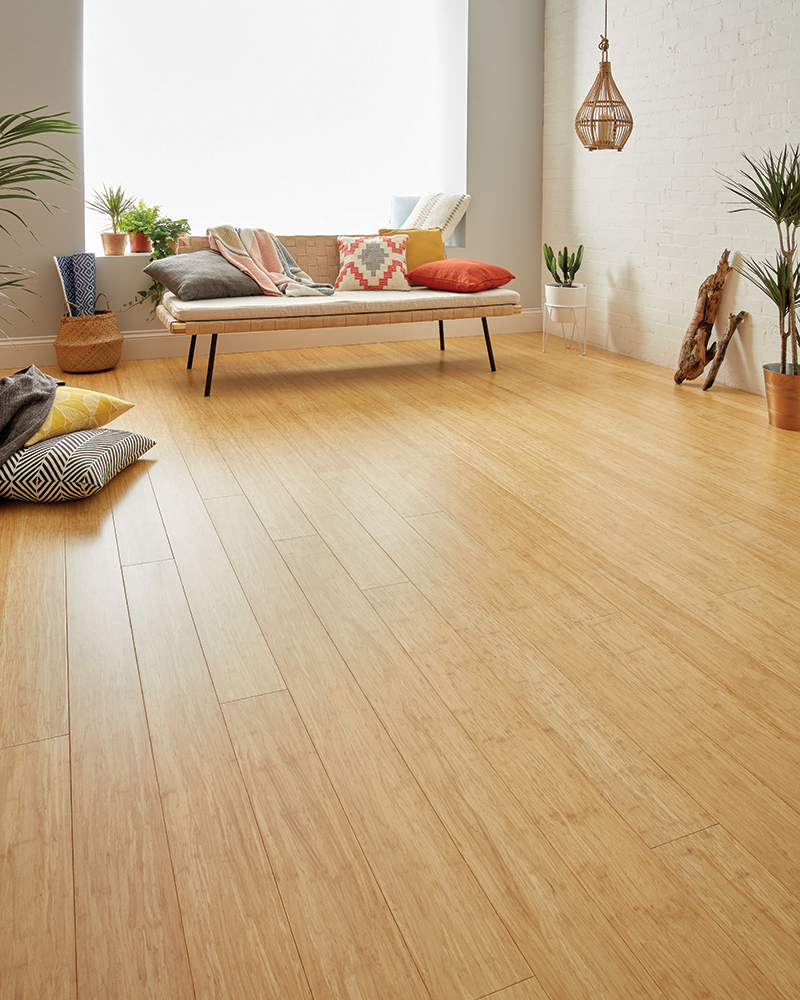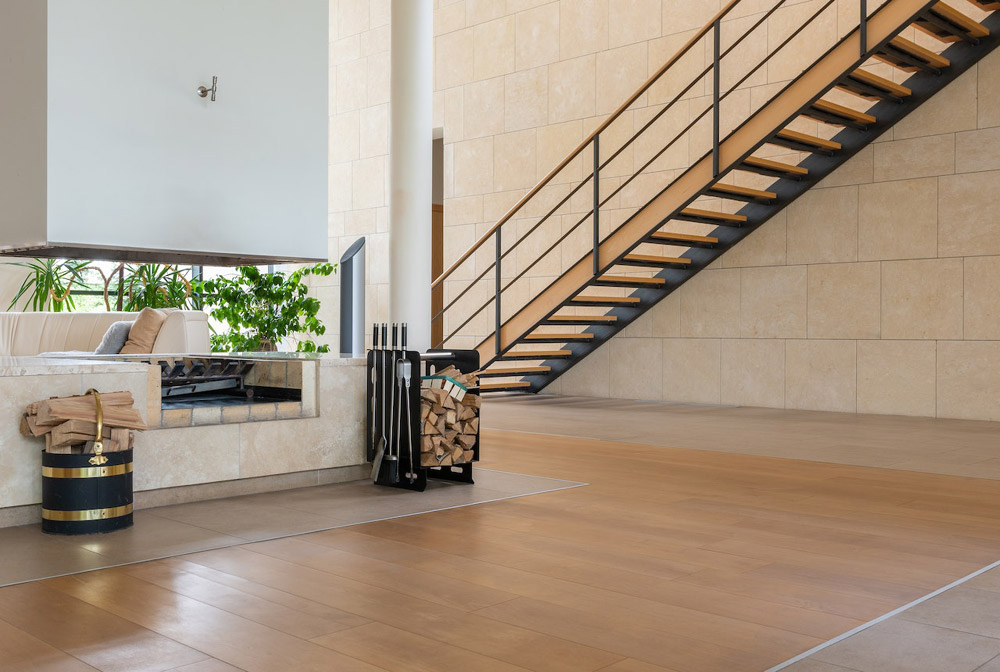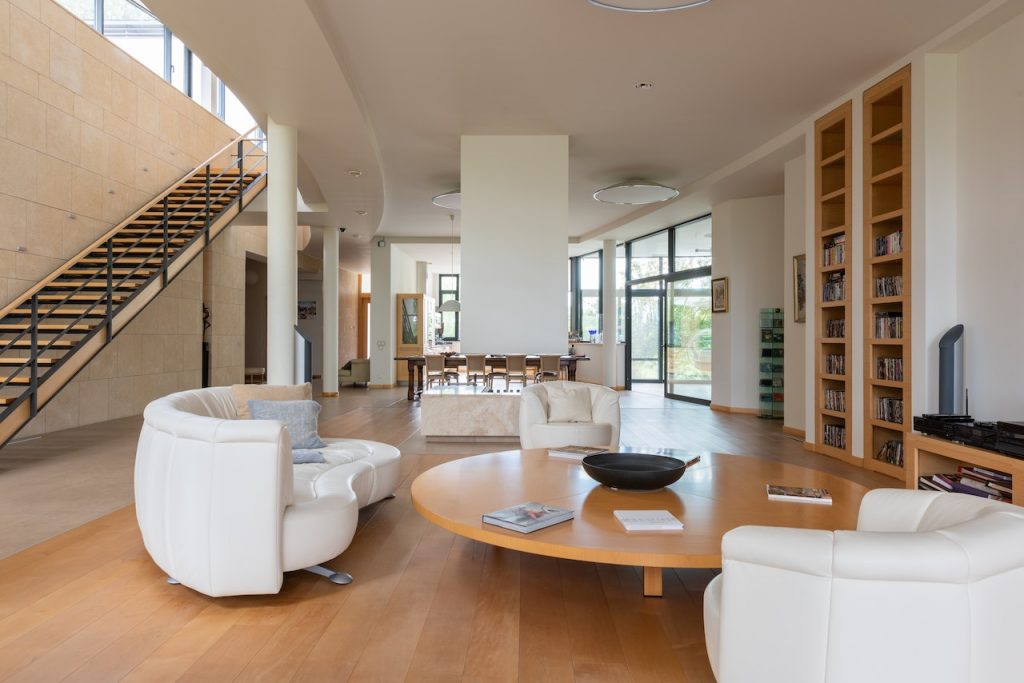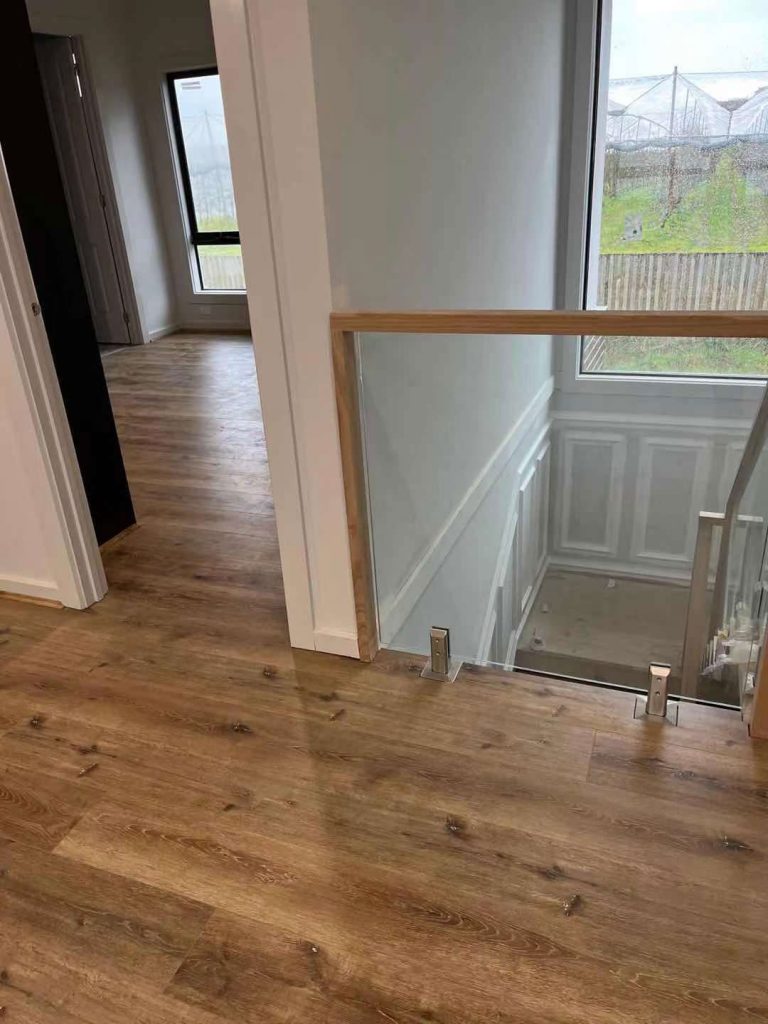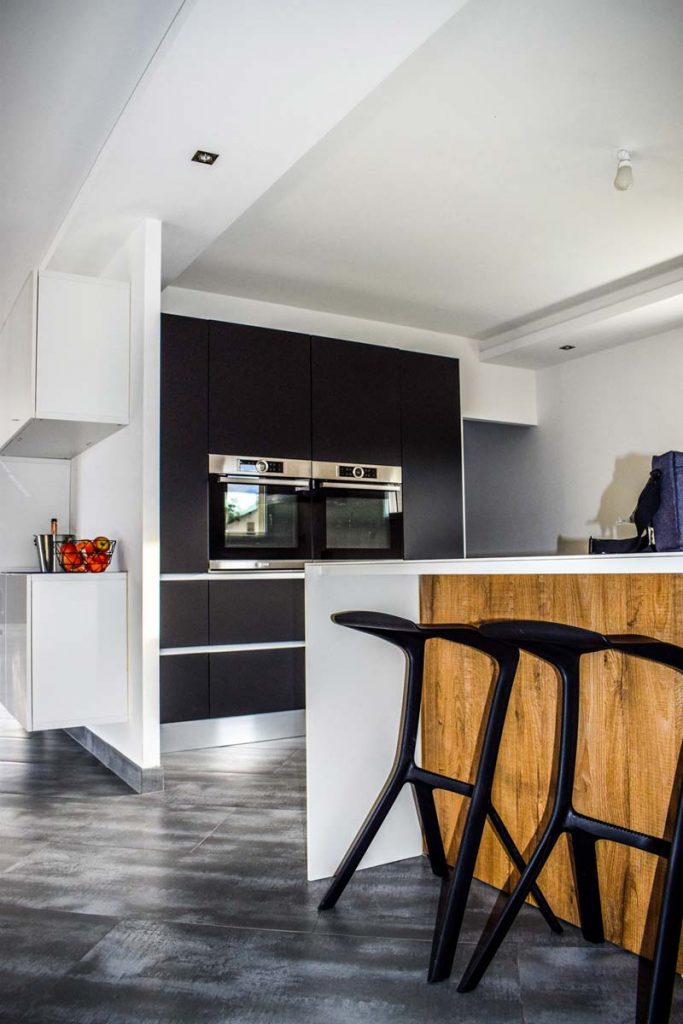The installation of timber flooring has seen several advancements thanks to technology, leading to more efficient, durable, and convenient installation processes. Below are some of the innovative approaches and technologies that have been emerging in the realm of timber flooring installation:
- Click-Lock Flooring (Floating Installation Method): Traditional timber flooring required gluing or nailing, but click-lock technology, also known as a floating installation, simplifies this. The timber planks are designed with special interlocking edges, allowing them to be securely clicked together without the need for nails or adhesive. This not only makes installation faster and cleaner but also allows for easier disassembly if the flooring needs to be replaced or repaired.
- Laser Technology for Floor Leveling: Before installing timber flooring, it’s essential to have a perfectly level base. Laser technology helps installers achieve a perfectly flat surface. Laser levels project a level line across the room, which can be followed for even subflooring or identify high and low spots that need correction before the timber is laid down.
- Moisture Meters: High-tech moisture meters are used to test the moisture content of both the subfloor and the timber planks. This is crucial because excessive moisture can cause warping, buckling, and mold growth under the flooring. These meters ensure the wood’s dryness is at an optimal level before installation, preventing future issues.
- Adhesive Technologies: There are new formulations of adhesives that are low-VOC (volatile organic compounds) or VOC-free, making them safer for indoor air quality. Some adhesives also offer a moisture barrier to protect the wood from the dampness of the concrete subfloors, and others provide soundproofing qualities.
- Underlayment Innovations: New types of underlayment are being designed to offer better sound absorption, provide a moisture barrier, and even offer heat insulation. Some are also easier to install, with adhesive strips and easy roll-out designs.
- Dust Reduction Systems: Sanding a timber floor, particularly during a refurbishment, creates a lot of dust. New dust containment systems are now available that dramatically reduce airborne dust generated during the sanding process. This technology improves air quality and creates a much cleaner working environment.
- Digital Tools for Layout and Planning: There are software and mobile applications available that allow installers to plan the layout of the timber flooring efficiently, optimizing the use of materials and minimizing waste. These digital tools can provide a virtual view of how the floor would look like, considering the natural variations in wood grain and color.
- CNC Machinery for Custom Cuts: For intricate patterns and designs, CNC (computer numerical control) machines are used to cut timber flooring with precision. This technology allows for custom designs and unique floor patterns, pushing the boundaries of personalized installations.
By adopting these technologies, flooring professionals can ensure a more efficient, reliable, and high-quality installation of timber floors, improving customer satisfaction and minimizing future maintenance needs. Always consider reaching out to manufacturers and professional installers to understand the best practices and technologies suitable for specific installation environments.

